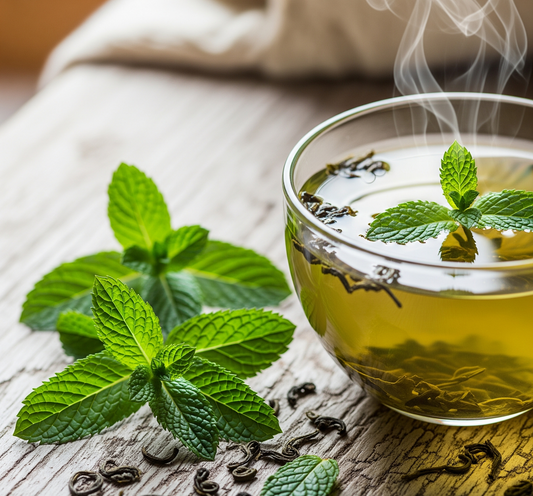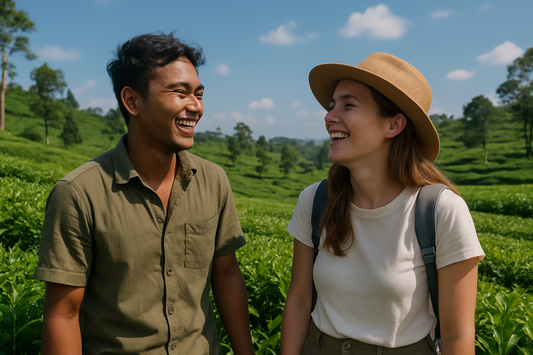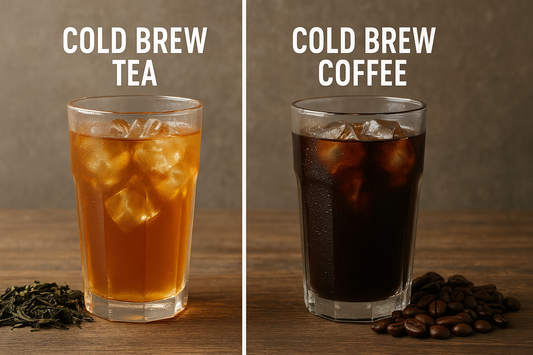The most consumed beverage in the world after water, tea is enjoyed by millions of people and enjoyed in range of flavors and aromas. An array of infusions and blends that go beyond traditional teas are loved by tea drinkers today. All of them have a special place in the tea world. However, teas come in different forms.
Firstly, it's important to understand the difference between teas and tisanes.
True Teas vs Tisanes
All true teas come from the same plant: Camellia Sinensis. On the other hand, tisanes are created from a mix of or simply herbs, spices, florals and botanicals.
Camellia Sinensis is native to East Asia. It is said to have originated in southwestern China and northern Myanmar, which is why tea as a medicinal and restorative drink was a southern Chinese practice until the mid-8th century, when the Tang Dynasty came into power. During this period, tea spread across the nation in the form of tea-bricks, used as currency in trading, especially in regions where the coin lost its value.
The practice of drinking tea, as well as cultivating and processing tea, spread from China to Japan and Korea through the hands of Buddhist monks travelling across Asia. Deeply tied to spirituality and the veneration of spirit and purification of the body, the tea culture in these regions were deeply tied to rites and rituals of honor.
Loose Leaf Tea vs Tea Bags
Loose leaf tea and tea bags offer distinct tea-drinking experiences. Loose leaf tea has a better quality and a complex flavor profile, deemed perfect for those who appreciate subtle taste. Its slower infusion allows for a richer taste and aroma, often appreciated by tea connoisseurs or sommeliers.
On the other hand, tea bags, containing smaller tea leaf fragments was innovated for convenience. They brew quickly but might result in a simpler and somewhat diluted flavor. Tea bags are ideal for individuals looking for a quick and hassle-free way to enjoy a cup of tea without the need for additional tools or steeping time.




